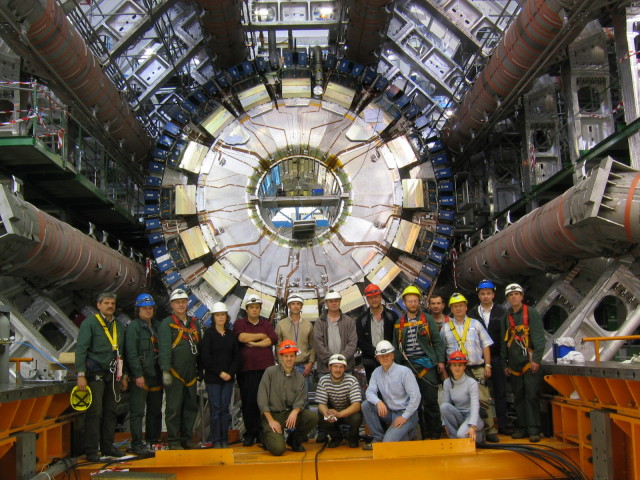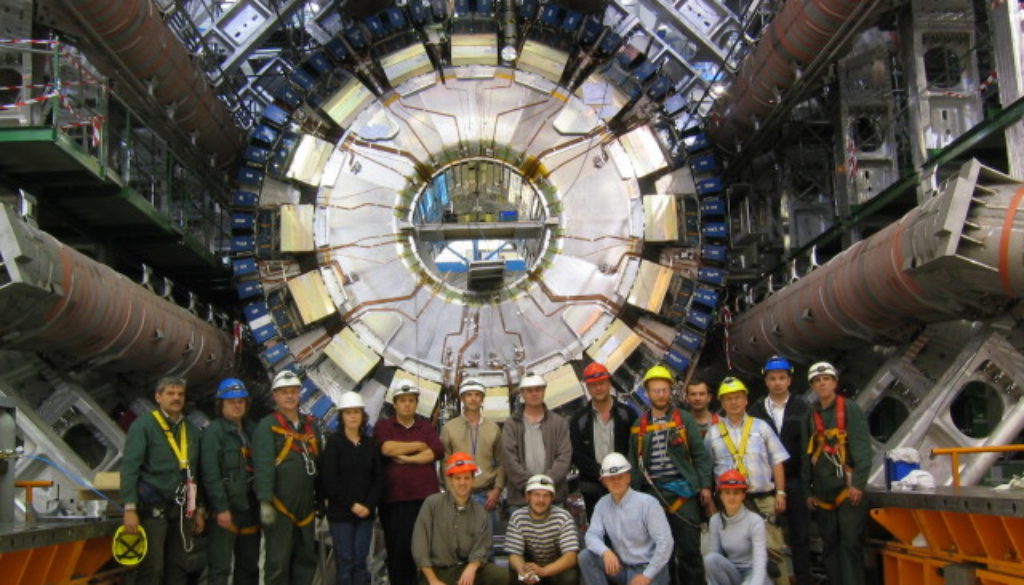7 keys to successful teamwork that can lead to extraordinary results.

As Helen Keller said, ” Alone we can do so little, together we can do so much.” The Navy SEALS have their own way of expressing this sentiment: “Individuals play the game but teams beat the odds.”
Teamwork Multiples Our Success
Teamwork maximizes our strengths because there is someone else on the team who is strong in areas where we are weak. That eliminates those weaknesses because the team is able to utilize our strengths without being held back by those areas where we are not.
Teamwork makes the job easier because we don’t have do everything ourselves. Other team members carry some of the load and that load can be shifted as necessary.
When you work on a team, your team members have your back and you have theirs. Someone else is there to help you, catch you and support you. Your team members will see things you didn’t and ways to approach a problem you might not have considered. That enables the team to do so much more in less time.
Teamwork allows each member to build on other people’s ideas and ways of seeing things. You are not limited by your own perceptions of reality and your own way of thinking. Combining ideas and different ways of thinking leads to better solutions.
Teamwork makes the task more fun. You’re not alone. You are all working toward a common goal together. While team goals can be difficult and stressful sometimes, working as a team allows everyone the opportunity to lighten up and enjoy the journey more.
When you collaborate with others to accomplish something, you can achieve so much more than you could by yourself
7 Keys to Successful Teamwork
1. Clear common purpose, goals and identity
If everyone on the team knows where it’s going and why it’s going in that direction, everyone can work together and work through whatever happens. This also helps create a team identity that is shared among all the team members.
So often, teamwork falls apart because people are not on the same page. Besides some team members not working on what is needed to achieve the goal, this lack of clarity about purpose and goals creates more friction and conflict.
Every team member has to clearly understand what the team needs to accomplish, why it needs to accomplish that and embrace this direction. Every team needs its “why” to deliver all the benefits of teamwork.
2. Respect and tolerance for the differences in every team member
We can accomplish so much if we all take a moment to understand other people instead of asking “what could they possibly be thinking?” Teams work better when each member understands and respects their teammates.
The importance of this grows exponentially as the project becomes more complex. When you have an operations, IT, engineering or similar project that involves team members from different functions, locations, countries, cultures and organizations, this shared understanding and respect is beyond critical. It can literally make or break the project.
Each team member needs to understand the role and responsibilities of every team member no matter the size of the team. Everyone needs to understand what everyone else is supposed to do and how their part fits into the whole. You need to know where to go and why to reach out to those team members when something needs to be addressed. You also need to have realistic expectations about what each team member is going to contribute.
That is only the first step to build a clear enough shared understanding for a team to perform at its best. Team members from different locations even in the same company may not trust each other because of differences in their location’s culture.
Then you have teams from different countries working on a project. Their country’s culture has a major impact on how they see things, how they think and how they communicate. Frustrations can too easily boil over when team members in one country don’t understand why members of the team in another country are doing things so differently.
Add to this the difference in the way people think, figure things out and solve problems. These thinking process differences can often lead to huge misunderstandings and conflicts.
Of course, there can be major differences in how people communicate and express their thoughts and feelings…or don’t. People don’t all express things in the same way. They may use a different choice of words, different levels of detail, different types of metaphors and stories to convey meaning. And, too often, people don’t listen to others to really understand everything they are saying. We can make assumptions too easily and think that what they are saying means the same thing to us as it does to them.
Finally, every team member needs to be aware of other members emotional states. They need to pick up the subtext of what they aren’t saying out loud. They need to sense when other things may be going on that are affecting someone’s ability to contribute.
Successful teamwork involves building bridges across all these differences so everyone can respect and accept each other.
3. Balanced communications among all team members
In great teams, everyone shares their thoughts and everyone listens to what others have to say. No one person dominates the conversation. Those who tend to be more reticent and quiet are given the space to be heard.
Each team member strives to actively listen to others so they can fully comprehend what they are saying. You can quickly identify effective versus ineffective teamwork simply by observing the level of balance in the communications between team members.
4. Build trust with everyone on the team
Trust is the currency of an effective team. Team members have to trust each other to achieve outstanding teamwork. When a team member feels they are not trusted by another team member, this erodes the bond and shared identity that holds the team together. It leads to a silo effect within the team which can hurt results.
5. Don’t let little things become big things
Not everything is equally as important all the time. While some things are system critical, there are other things which are more a matter of preference. Or they may not be critical at this moment.
Each team member needs to evaluate the relative priority of everything they are asked to do and how it relates to achieving the goal. When little things turn into big things, it diverts effort from the primary purpose and direction. Sometimes “let it go” is a good thing to remember.
6. Live with imperfection and the unknown
Not every problem has a solution nor can everything be known before decisions are made and actions are taken. While system critical task must be honed to perfection, there can be a lot of imperfection that happens along the way. Team members need to recognize the difference between what must be perfect today versus what can remain imperfect for a while. They also have to be tolerant of natural human imperfection and not get on other team member’s cases about normal levels of imperfection.
Teams often have to confront an unknown future as they work toward their goal. Not everything can be known at any one point in time. Some team members who have an excessive need for certainty or surety can become very uncomfortable with these unknowns. They may demand a solution for everything that crosses the team’s path. That’s where other team members have to help them through these moments.
7. Effective leaders throughout the team, not just the ones heading the team
“Every team member a leader” is my motto and I suggest it should be yours too. Leadership isn’t just for those who are heading the team and its units. Everyone has to lead some of the time especially in a team.
It turns out that the character traits of an effective leader are the same traits that make one an effective team member. Everything discussed about successful teamwork in points 1 through 6 can all be accomplished when each team member is an effective leader.
That doesn’t mean they need to lead in the classic sense of the term. It means they embody traits which promote working together, respecting others, understanding their team members, staying focused on the goals, having their team members back, and not needing to be in the spotlight. They are “we” focused instead of “I” focused.
As my other articles discuss in more detail, effective leadership isn’t just another item on a list of things that produce successful teamwork. Those heading the team need to lead all the time and the rest of the team need to lead some of the time. That delivers exceptional teamwork and results every time.
Questions?
Schedule a phone conversation with Don Shapiro, President of First Concepts Consultants, to answer your questions and explore how this discussion could help your organization.
_____________________________________________________________________________________________
_____________________________________________________________________________________________
More Articles on Leadership
11 Questions to Learn How Effective a Leader You Are
Everyone Needs to Lead Some of the Time
What Is a Leader and What Is Leadership?



What Is A Leader and What is Leadership?
July 13, 2016 @ 12:51 pm
[…] 7 Keys to Successful Teamwork […]
The Five Myths of Leadership
July 13, 2016 @ 12:52 pm
[…] 7 Keys to Successful Teamwork […]
Everyone Needs to Lead Some of the Time | Leadership
July 13, 2016 @ 12:53 pm
[…] 7 Keys to Successful Teamwork […]
11 Questions to Learn How Effective a Leader You Are
July 14, 2016 @ 12:05 pm
[…] 7 Keys to Successful Teamwork […]
Is there such a thing as a bad leader?
September 5, 2016 @ 4:50 pm
[…] 7 Keys to Successful Teamwork […]
Leading change is about effective leadership
October 11, 2016 @ 11:31 pm
[…] 7 Keys to Successful Teamwork […]
Strategy follows structure, structure supports strategy
February 16, 2017 @ 1:41 pm
[…] not just its organization chart. Revising structures are often seen as ways to improve efficiency, promote teamwork, create synergy or reduce cost. Yes, restructuring can do all that and more. What has been less […]